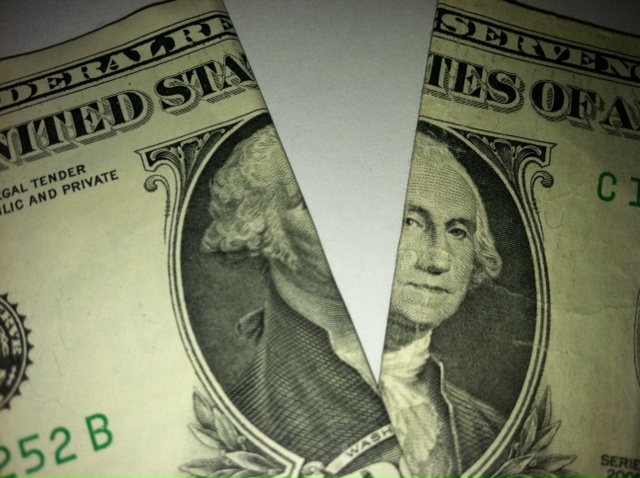Health and Healthcare
Gilead Dividend and Buyback Different From Amgen's Strategy
Published:
Most investors invest in biotech companies for their drug pipelines and endless growth potential. The problem is that eventually biotech companies can get so large that they are effectively just Big Pharma companies. It is not that common to see big dividends from biotech companies. At least that was the case before now.
Gilead Sciences Inc. (NASDAQ: GILD) has become so large and accumulated enough capital that it has decided to begin paying a dividend. The move follows Amgen Inc. (NASDAQ: AMGN), which became the first major biotech to start paying a dividend back in mid-2011.
Gilead announced on Tuesday that it would begin paying a $0.43 dividend per quarter to its common shareholders. It also announced that it would repurchase up to an additional $15 billion in common stock, in addition to the currently authorized three-year $5 billion repurchase program from May of 2014. Gilead said that, as of December 31, 2014, approximately $3 billion remained available for purchase.
Amgen also has been a large buyer of its own common stock. In the most recent quarter, Amgen repurchased 900,000 shares at a total cost of $153 million, and it has $3.8 billion remaining under its stock repurchase authorization. Amgen’s 2014 year-end balance sheet showed a whopping $27 billion in cash, but also $30.2 billion in long-term debt.
ALSO READ: 5 Top YieldCo Picks May Continue to Grow Big Dividends for Years
Amgen recently raised its dividend by 30% and came under fire to break up the company after it announced a restructuring that included job cuts. Amgen now yields close to 2.1%. Based on Tuesday’s closing price of $107.18, that generated a would-be yield of about 1.6% — before Wednesday’s big drop.
If you go back to August 16 of 2011 when Amgen went ex-dividend, the stock was at $48.26. A total of some $6.32 per share has been paid out in dividends since then, and now Amgen’s shares are close to $152, with a market cap of $115.7 billion.
Gilead’s market cap is already $161 billion, based on a recent $107 price, or it was before the earnings report. Shares were down about 10% after the report to $96.28, against a 52-week range of $63.60 to $116.83. The company ended 2014 with some $11.7 billion in cash and $13.2 billion in long-term liabilities.
What is interesting is that Amgen’s market cap was far lower when it began paying a dividend. Its shares have tripled since then, although Gilead shares were closer to $19 on a split-adjusted basis on the same date that Amgen went ex-dividend, so its shares have risen over 400% since.
ALSO READ: Highest Yielding Stocks to Buy Gaining Value as Treasury Yields Plunge
Gilead may have taken a page from Amgen’s playbook, but they were at different stages of the business. Gilead has grown its sales more than Amgen since 2011, and Gilead trades at only about nine times expected 2015 earnings, versus about 16 times for Amgen.
Have both of these biotech giants already started on their path to becoming the next generation of Big Pharma stocks?
Retirement can be daunting, but it doesn’t need to be.
Imagine having an expert in your corner to help you with your financial goals. Someone to help you determine if you’re ahead, behind, or right on track. With SmartAsset, that’s not just a dream—it’s reality. This free tool connects you with pre-screened financial advisors who work in your best interests. It’s quick, it’s easy, so take the leap today and start planning smarter!
Don’t waste another minute; get started right here and help your retirement dreams become a retirement reality.
Thank you for reading! Have some feedback for us?
Contact the 24/7 Wall St. editorial team.